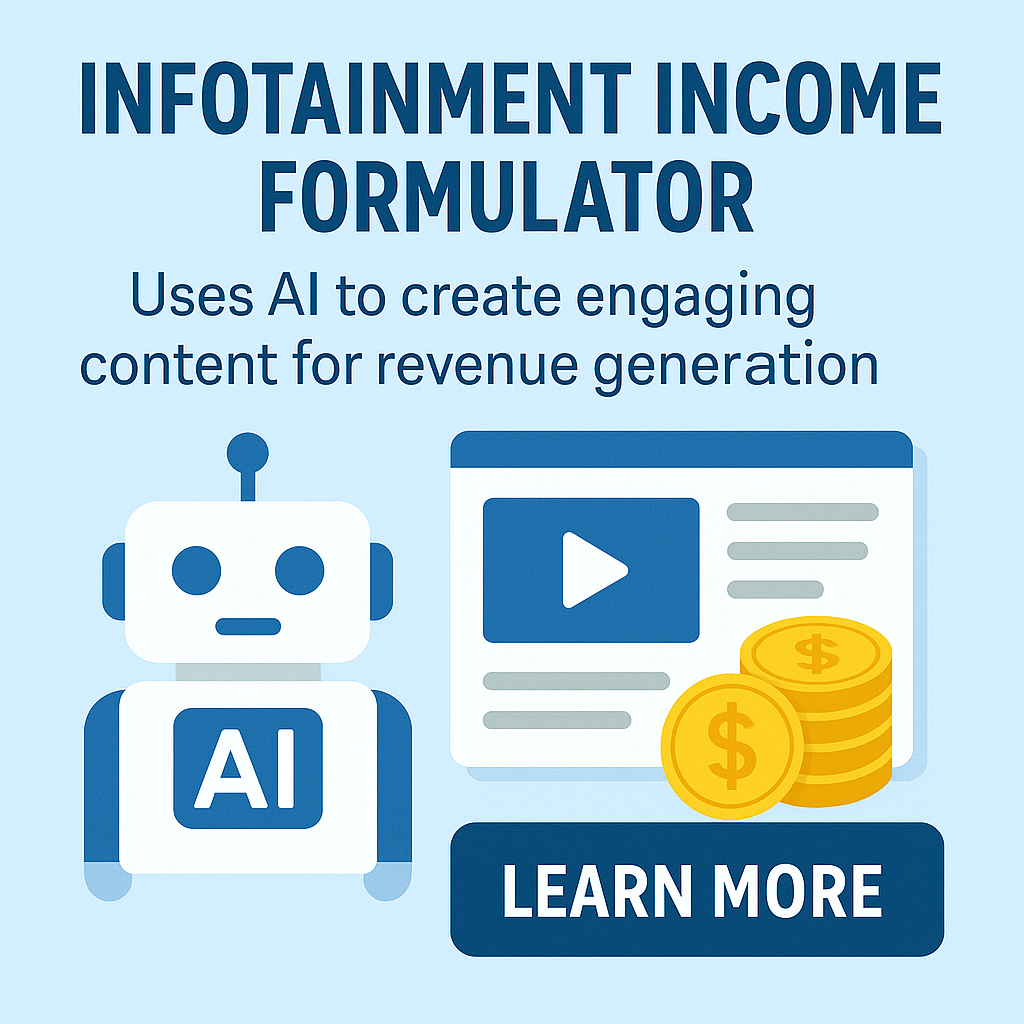Unlocking Your Online Potential: A Step-by-Step Guide to Building Your Dream Business
In today’s digital era, the dream of starting a business online has transitioned from a vague aspiration to a tangible reality for many aspiring entrepreneurs. With the right strategies, resources, and mindset, anyone can create an online business that aligns with their passions, skills, and lifestyle. This comprehensive guide will lead you through each step necessary to turn your vision into a thriving online enterprise.
Step 1: Identify Your Niche
The foundation of any successful online business lies in identifying a specific niche that resonates with your interests and market demand. A niche market is a segment of a larger market that is defined by its unique needs, preferences, or identity. Here’s how to identify your niche:
Research Market Trends
Online tools such as Google Trends, social media platforms, and forums can provide insights into what consumers are interested in. Look for gaps in the market that you can fill and determine if there’s sufficient demand for a business idea you have in mind.
Assess Your Interests and Expertise
Consider what you are passionate about and where your expertise lies. The intersection of your interests and market demand is where you’ll find your ideal niche. Building a business around something you enjoy will keep you motivated during challenging times.
Analyze Your Competition
Research existing businesses within your niche. Analyze their strengths, weaknesses, and customer feedback. This will help you identify what differentiates your business and how you can offer superior value.
Step 2: Develop a Business Plan
A well-structured business plan is the blueprint for your venture. It outlines your business mission, vision, target market, competitive analysis, marketing strategies, and financial projections. Here’s how to create one:
Define Your Business Model
Decide how you will generate revenue. Common online business models include e-commerce, affiliate marketing, subscription services, digital products, and freelance services. Understanding your business model will guide your operational strategies.
Set Realistic Goals
Establish short-term and long-term goals for your business. They should be specific, measurable, achievable, relevant, and time-bound (SMART). This clarity will help measure your progress and stay focused.
Financial Planning
Outline your startup costs, projected revenue, and funding sources. This financial aspect will be crucial for securing potential investors or loans. Incorporate a budget that accounts for marketing, web design, operational costs, and any other essential expenditures.
Step 3: Build Your Brand Identity
An effective brand identity resonates with your target audience and establishes your business in the marketplace. This involves defining your brand’s message, values, and aesthetics.
Choose a Memorable Name
Select a business name that is unique, easy to remember, and hints at what you offer. Ensure that the domain name is available for your online presence.
Design Your Logo
A professional logo is vital for brand recognition. Utilize online design tools or hire a designer to create a logo that reflects your brand values and appeals to your audience.
Craft a Compelling Brand Story
Your brand story is a narrative that communicates what your business stands for. Sharing why you started your business and its purpose can help create an emotional connection with your audience.
Step 4: Create Your Online Presence
In today’s digital-driven world, establishing an online presence is paramount. This includes setting up a website and utilizing social media platforms to engage with your audience.
Develop a Professional Website
Your website serves as your primary digital storefront. Invest in a well-designed, user-friendly site that clearly presents your offerings. Ensure it is optimized for mobile devices and search engines (SEO) to increase visibility.
Utilize E-commerce Platforms
If your business involves selling products, consider platforms like Shopify, WooCommerce, or Etsy. These platforms provide an easy way to set up an online store, integrate payment gateways, and manage inventory.
Leverage Social Media
Choose the social media platforms that align with your target audience and create engaging content that reflects your brand. Platforms such as Instagram, Facebook, LinkedIn, or Pinterest can be powerful tools for connecting with customers, showcasing products, and driving traffic to your website.
Step 5: Implement Effective Marketing Strategies
Marketing is essential for reaching your target audience and driving sales. A mix of strategies will ensure you maximize your reach.
Search Engine Optimization (SEO)
Optimize your website with relevant keywords, quality content, and proper meta tags. SEO helps improve your website’s ranking on search engines, enhancing visibility and attracting organic traffic.
Content Marketing
Creating valuable content such as blogs, videos, and podcasts can position you as an expert in your niche. This strategy not only helps drive traffic but also builds trust with your audience.
Email Marketing
Building an email list is crucial for direct communication with your audience. Use email marketing to inform subscribers about new products, promotions, or valuable content.
Social Media Advertising
Consider investing in social media ads to boost visibility and target specific demographics. Platforms like Facebook and Instagram offer effective targeting options that can lead to conversions.
Step 6: Focus on Customer Engagement and Support
Building strong relationships with customers is vital for long-term success. Engage with them regularly and provide exceptional support.
Create a Customer Feedback Loop
Encourage feedback from customers through surveys, reviews, or direct communication. This information can guide improvements and foster a sense of community around your brand.
Provide Exceptional Service
Respond promptly to customer inquiries and complaints. Excellent customer service can lead to loyal customers who advocate for your brand.
Foster Community Engagement
Create a community around your brand through online forums, discussion groups, or social media. Engaging customers fosters loyalty and encourages word-of-mouth marketing.
Step 7: Analyze and Optimize Your Business
Continuous improvement is part of sustainable growth. Regularly analyze your business performance and optimize strategies accordingly.
Monitor Key Performance Indicators (KPIs)
Utilize analytics tools to track website traffic, conversion rates, customer engagement, and sales figures. Understanding these metrics will help identify what works and what needs adjustment.
Conduct A/B Testing
Experiment with different marketing strategies, website design elements, or product offerings to see what resonates best with your audience. A/B testing allows you to compare two versions and determine which performs better.
Stay Current with Trends
The online business landscape is constantly evolving. Attend webinars, read industry blogs, and participate in online courses to keep updated with the latest trends and technologies that can benefit your business.
Step 8: Scale Your Business
Once your online business is in a stable position, consider strategies for scaling.
Diversify Your Offerings
Introduce new products or services that align with your existing offerings. This can capture a broader audience and increase sales.
Expand Your Target Market
Explore opportunities to reach new customer segments. This may involve adjusting your marketing strategy or exploring international markets.
Automate Processes
Implement automation tools for tasks such as email marketing, social media scheduling, and inventory management. Automation helps streamline operations and frees up time for strategic planning.
Conclusion
Building your dream business online is an exciting journey that requires dedication, strategic planning, and adaptability. By following these steps and maintaining a customer-centric approach, you can create a sustainable business that not only fulfills your aspirations but also provides value to your audience. Embrace each phase of the process, and remember that success is built on continuous learning and improvement. Unlock your online potential, and take the courageous steps necessary to turn your dreams into reality.
This post may contain affiliate links.










